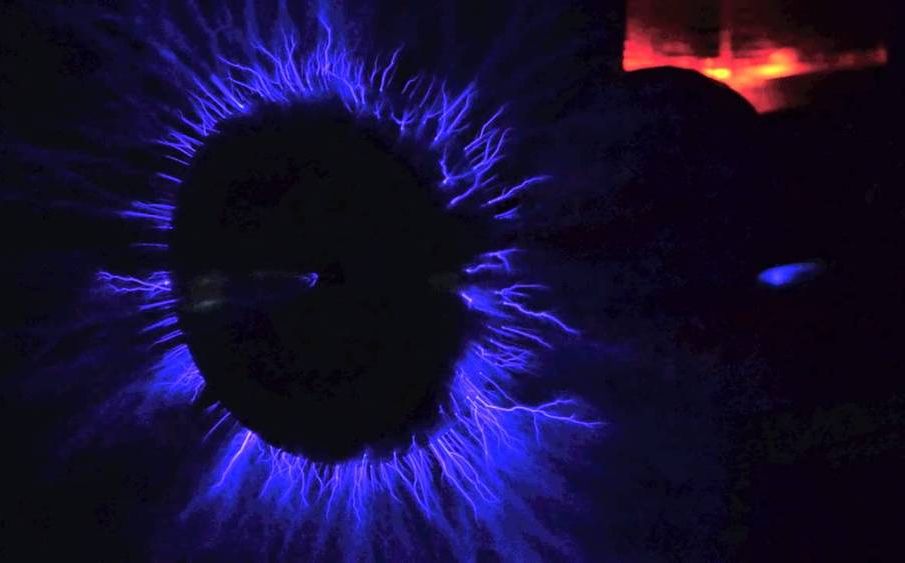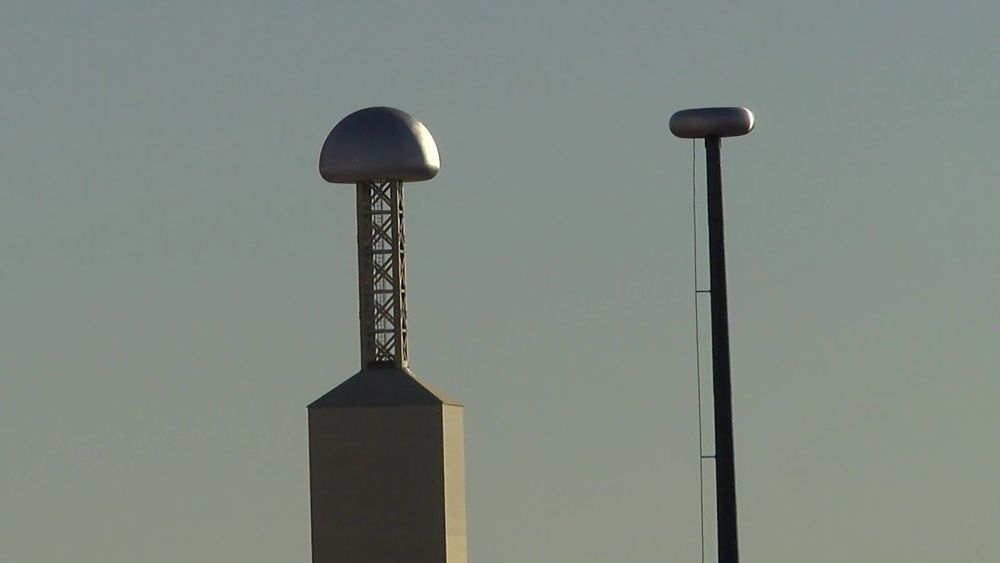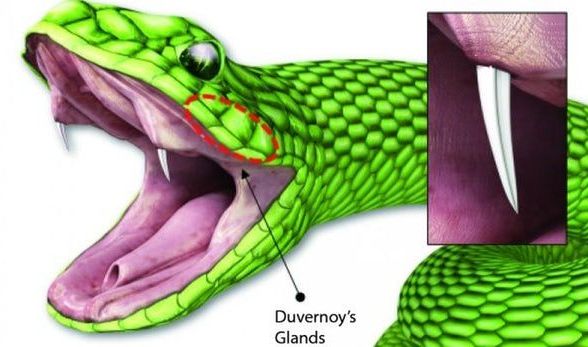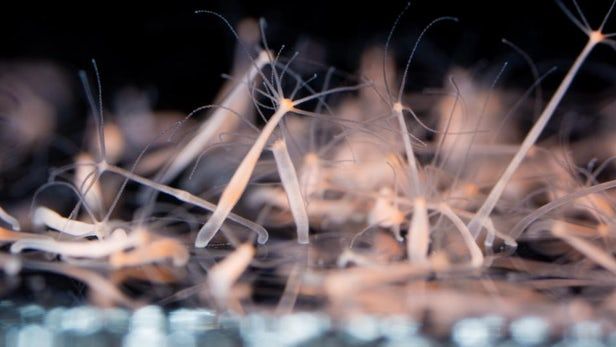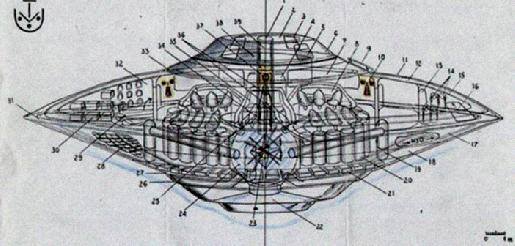If 150,000 volt stun guns aren’t enough to deter criminals, law enforcement might want to give Rob Flickenger a buzz.
The IT expert, who also has a bit of a reputation as a DIY mad-scientist, has a shocking new invention: a real-life lightning gun. Built over a period of at least 10 months, the zapper is the end result of combining the aim-and-shoot functionality of an aluminum-encased Nerf gun with the electrical power supplied by an 18V drill battery.
The gun, which some of you might have guessed, is essentially a weaponized version of a Spark Gap Tesla Coil. To generate a high-voltage discharge, Flickenger designed a system that channeled the power drill’s 18V of power into a ZVS driver circuit, which in turn drives a flyback transformer, thereby raising the voltage to about 20,000V. All of this is admitted pretty technical, so if you want a detailed explanation of how it works, check out his site Hackerfriendly.com, where he goes through the finer points of the technology.
